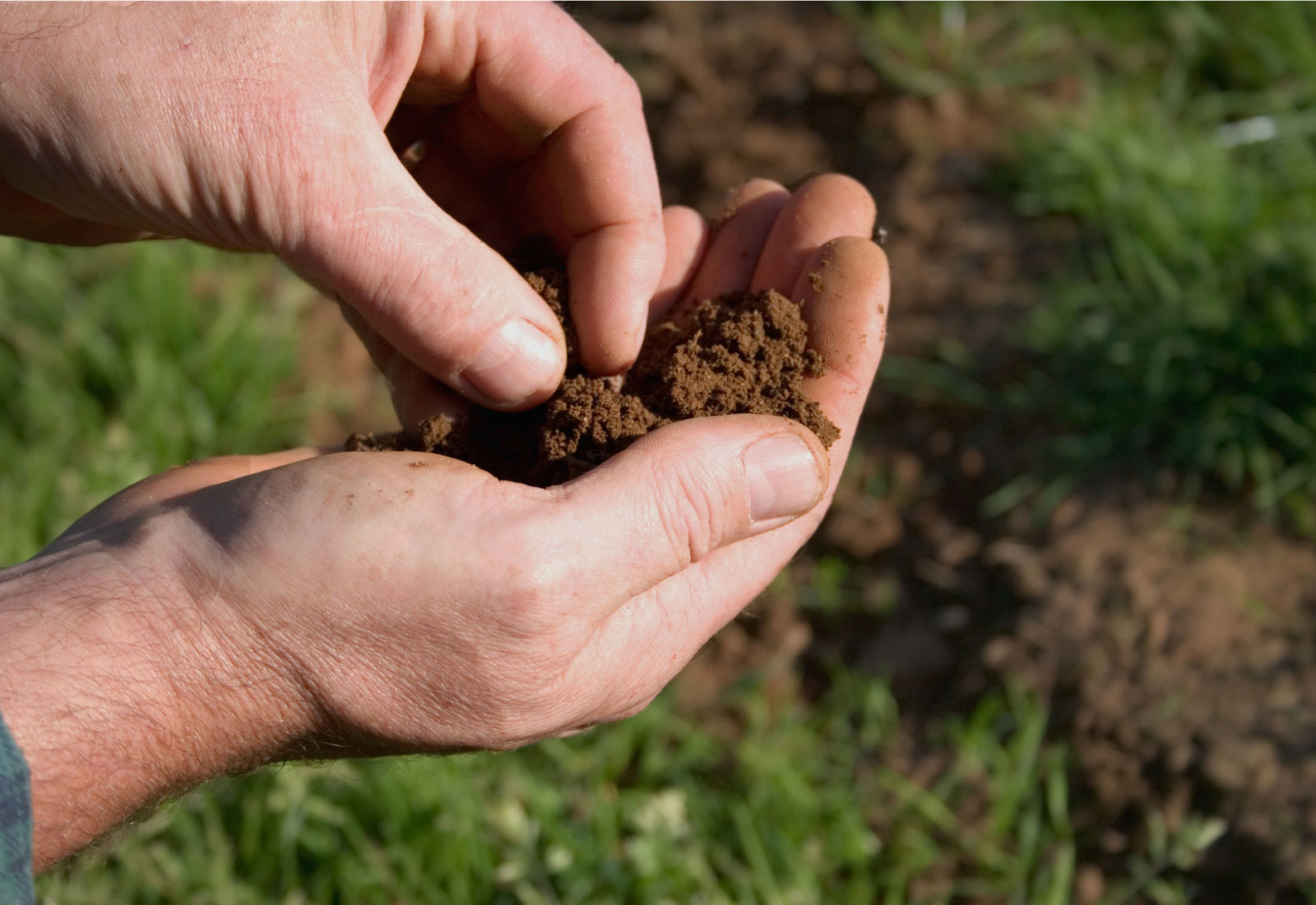What’s in Your Soil? A Look at the ideal Soil Conditions for Soybeans, and How You Can Get Your Fields There

By Andrea Hilderman
Growing soybeans is a breeze – if you have the right varieties matched with growing season, the best management and, of course, the perfect soil. Right? Easy. While some can argue that they might indeed have the right variety and a management system worthy of awards, there are fewer who could attest to having the perfect soil for soybeans.
What qualities does this mythical soil have to make it so perfect for soybeans? According to John Heard, crop nutrition specialist at Manitoba Agriculture, it should be a well-drained clay loam with neutral pH and good residual phosphorus and potash.
So, let’s assume you don’t have ideal soil, that is obviously not going to stop you growing soybeans – or anyone for that matter. If it did, soybeans would never have grown to be the crop they are becoming in Western Canada. The key is to deal with the soil you have, understanding what it is soybeans prefer for success.
“Sandy, droughty is a challenge,” says Heard. “The bottom line is soybeans need more water at key points in the season and are particularly sensitive to late season moisture – without adequate moisture in July and August, good seed filling will just not happen.” This is quite different than crops like wheat and canola, which by this time are already beyond that point in their development.
Clay soils or clay loams have the capacity to hold moisture by virtue of their structure. Combine that clay texture with good organic matter levels, and these soils work very well to support the plant through that moisture needed for the July /August timeframe. In some cases, adequate drainage can be lacking in these soils, however, soybeans will tolerate imperfect drainage better than other crops. This is one reason soybeans are so dominant in the Red River Valley area.
An additional issue poorly drained soils can have is increased risk of iron chlorosis, but with judicial variety choice, the application of iron fertilizer and improved drainage, this can be managed.
If any soil is lacking in fertility, then no crop will meet its yield potential. Soybeans are a little different to some of our more familiar crops in that they don’t respond to fertilizer in the same way.
Soybeans are flexible in that they don’t need seed placed phosphorus and potash, and as long as fields get sufficient amounts over the course of a rotation, then soybeans will be able to access nutrients from soil reserves. “Balancing nutrient input and removals over the course of not one season, but many, is the best way to approach fertilizer management,” says Heard. “That approach will ensure every crop in the rotation gets what it needs, in the form that is best suited to its uptake pattern.”
Stony land is a curse when it comes to soybeans. “There is a simple remedy, relatively speaking,” says Heard. “Stones will have to be picked or pressed down.”
Acidic soils are not a huge issue, but one some growers will have to deal with. “In this case, low pH’s negatively impact Rhizobia and other nitrogen-fixing bacteria,” says Heard. “Depending on the degree of acidity, a lime application may be warranted to have a more successful outcome with soybeans.” On the other side of the spectrum, high pH soils tend to have free lime that can trigger iron chlorosis under saturated conditions.
Finally, saline soils are relatively common in areas. “Saline soils are not soybean soils,” says Heard. “Soybeans have a very low tolerance for saline conditions, and rather than remediation or attempts to remediate, my advice is not to consider that area for soybeans at all.” Saline soil remediation is expensive and slow, and even when drainage is installed it still needs water to flush out and remove the salts. “In my opinion, salinity could be the biggest soil resource impediment grower’s face,” explains Heard.



